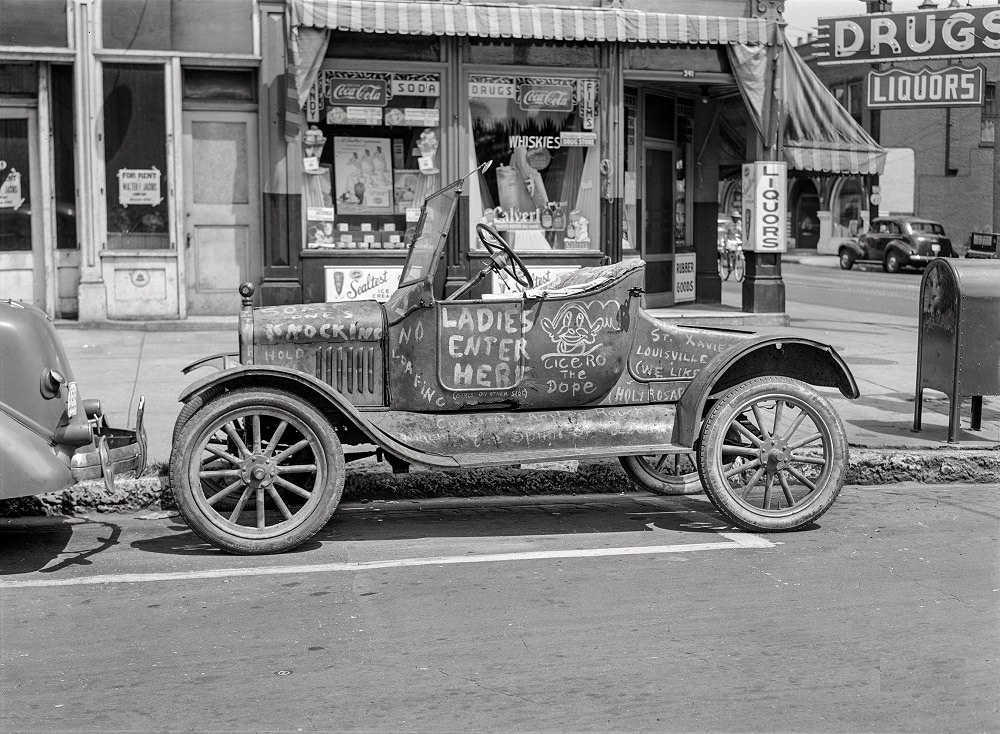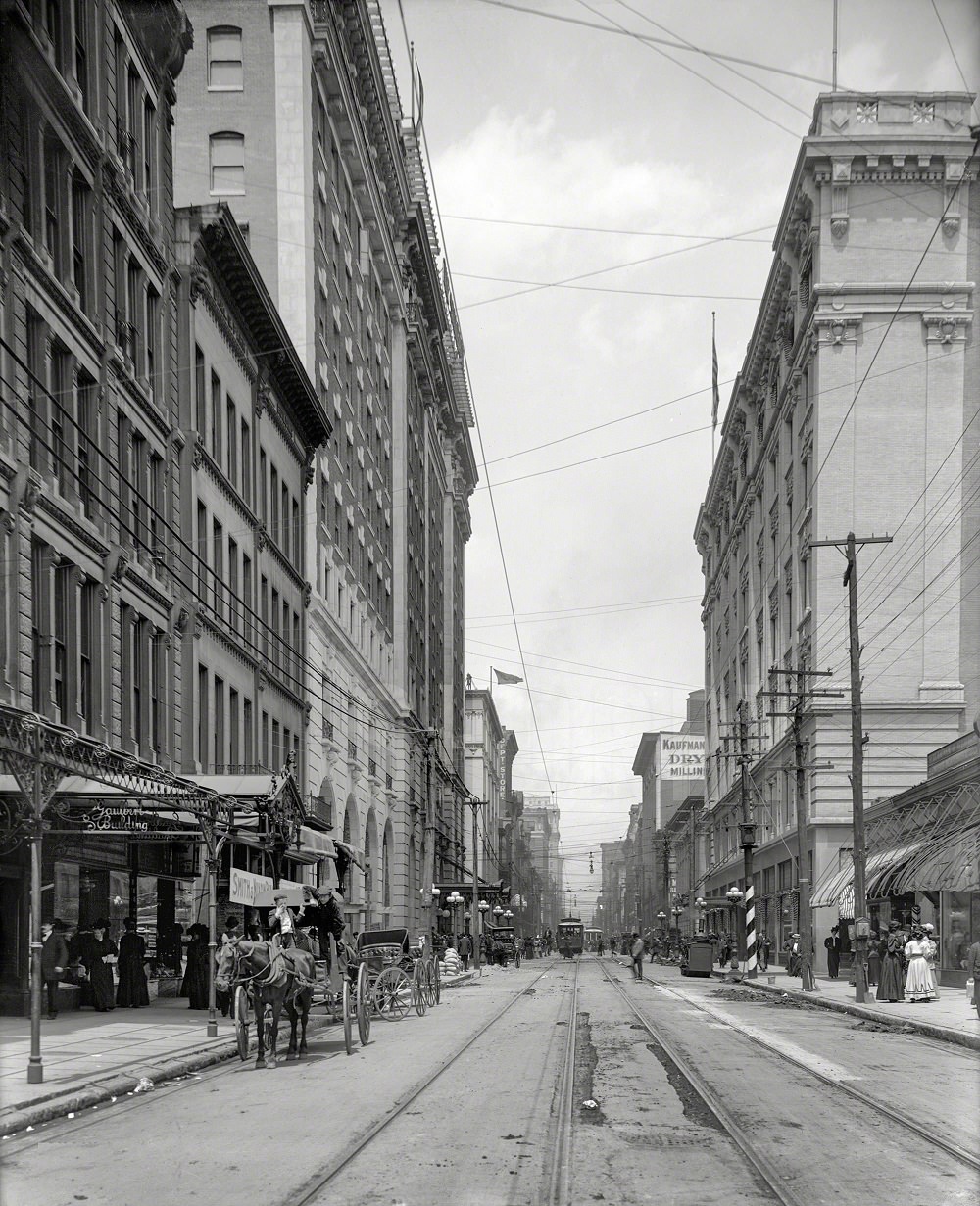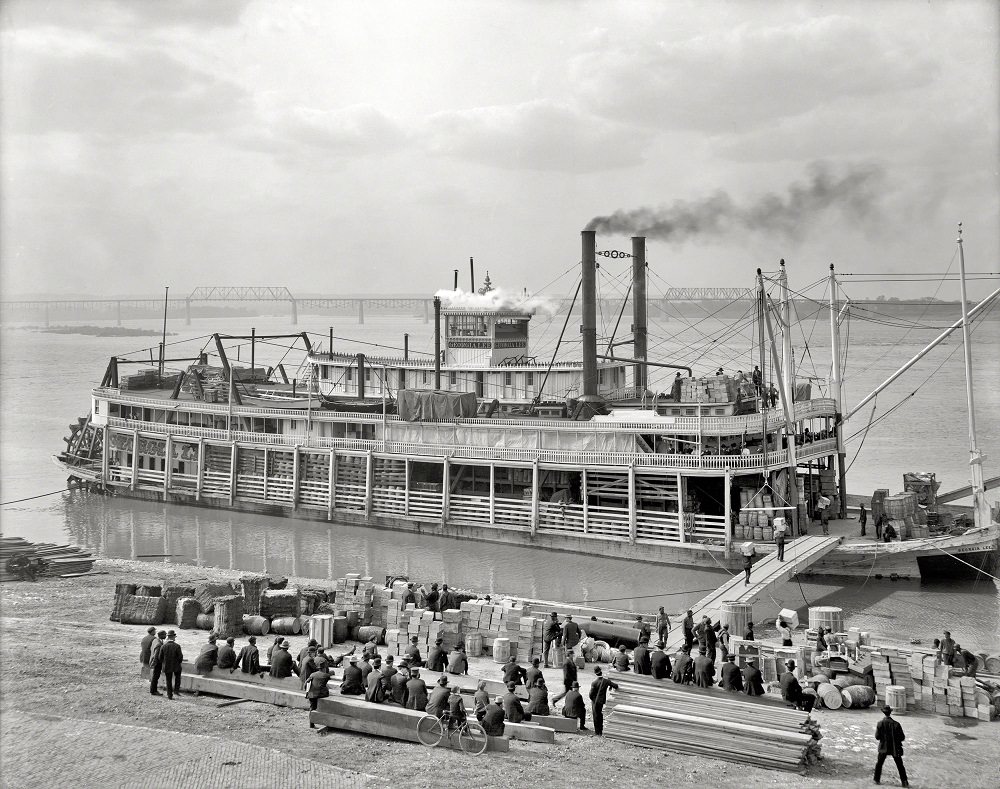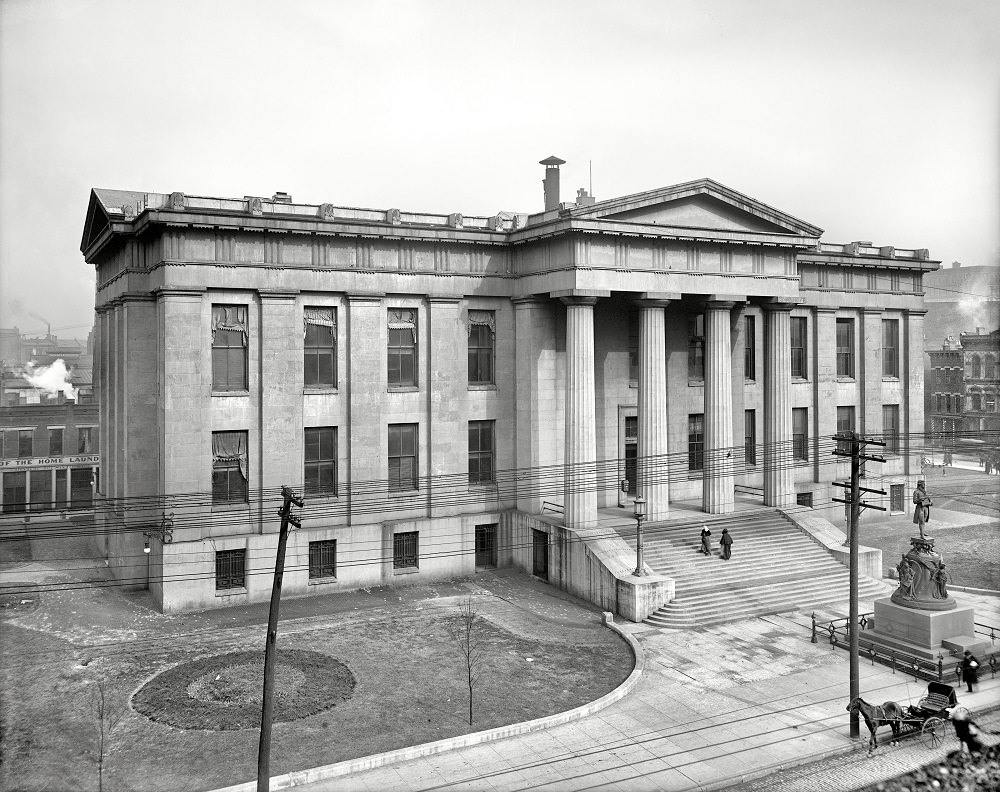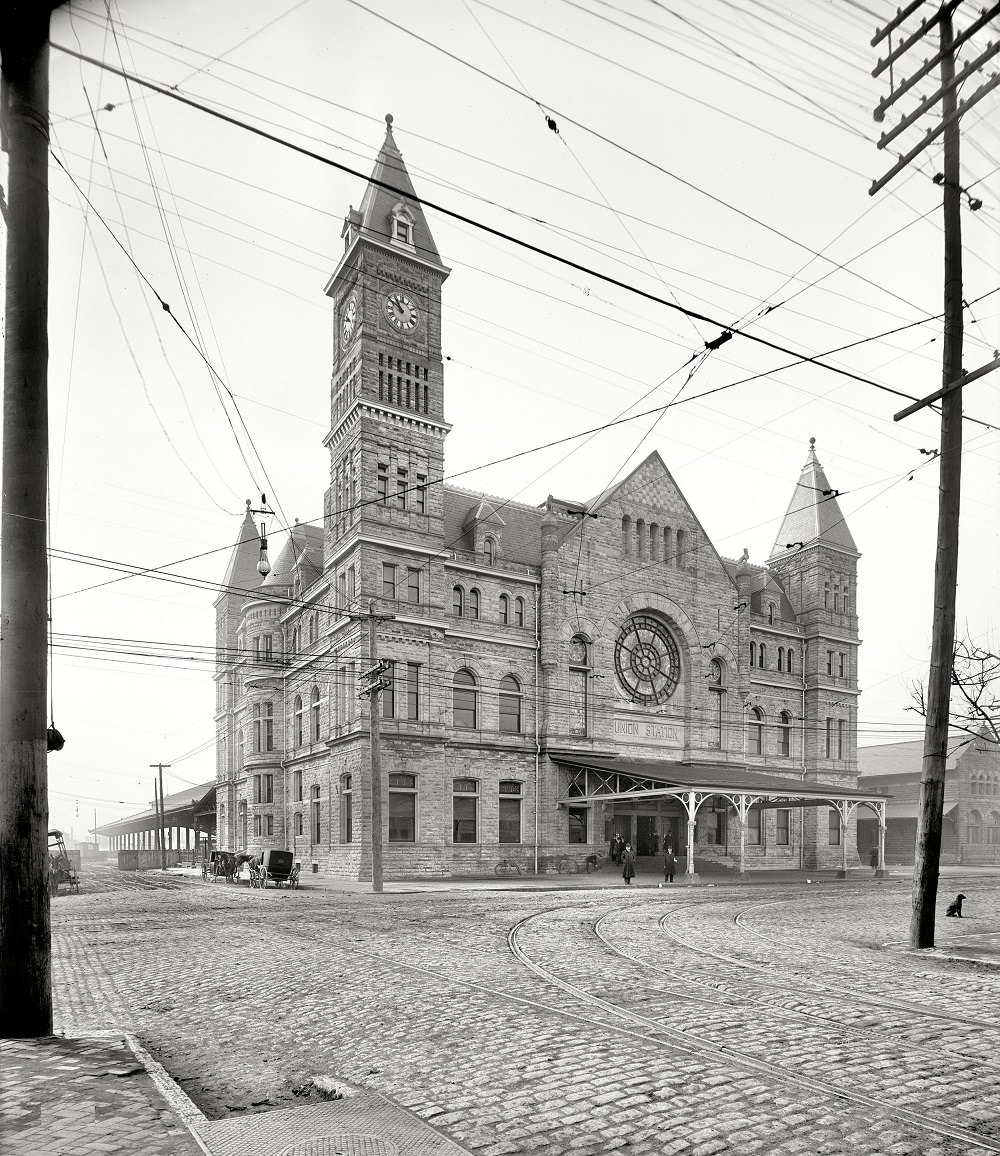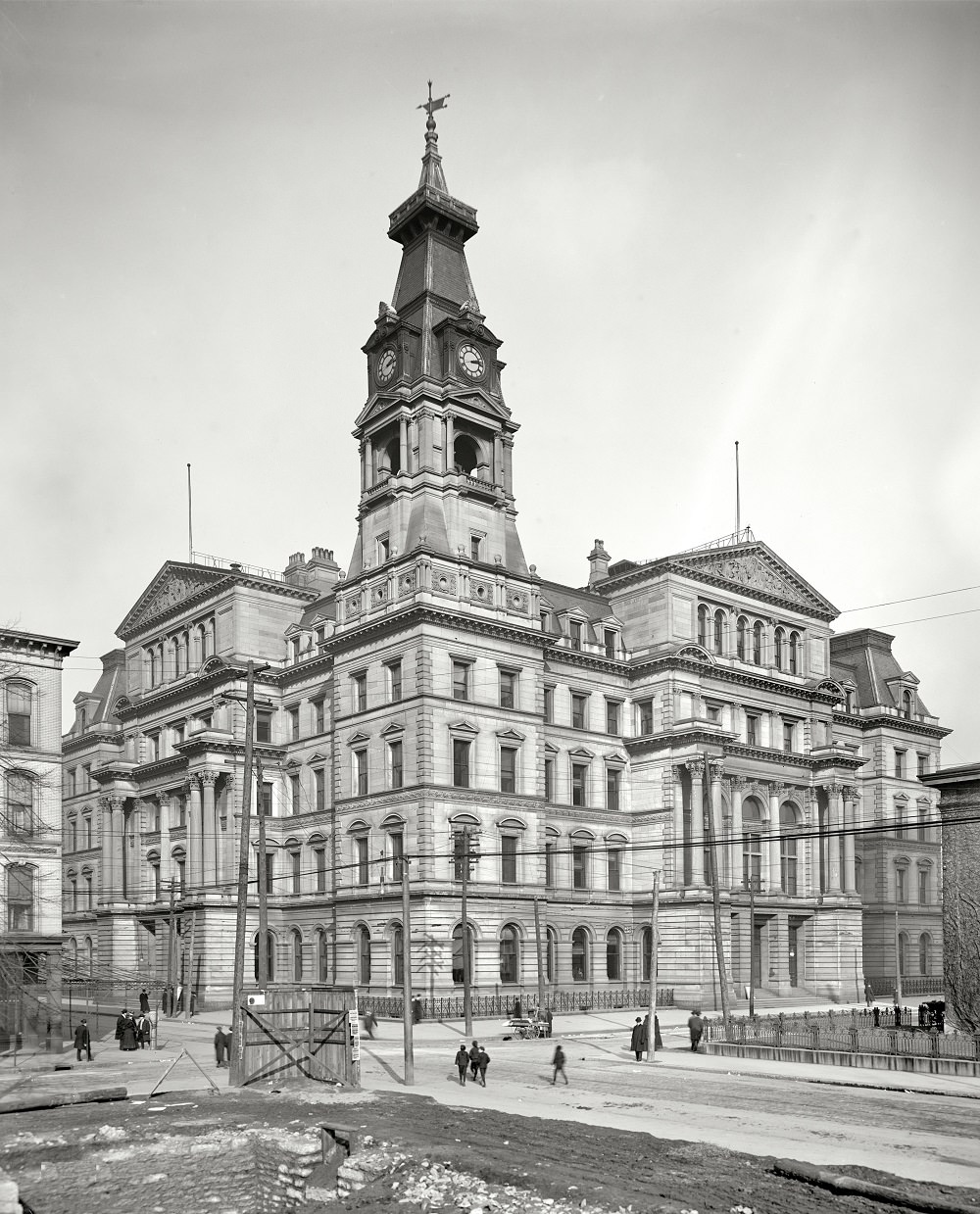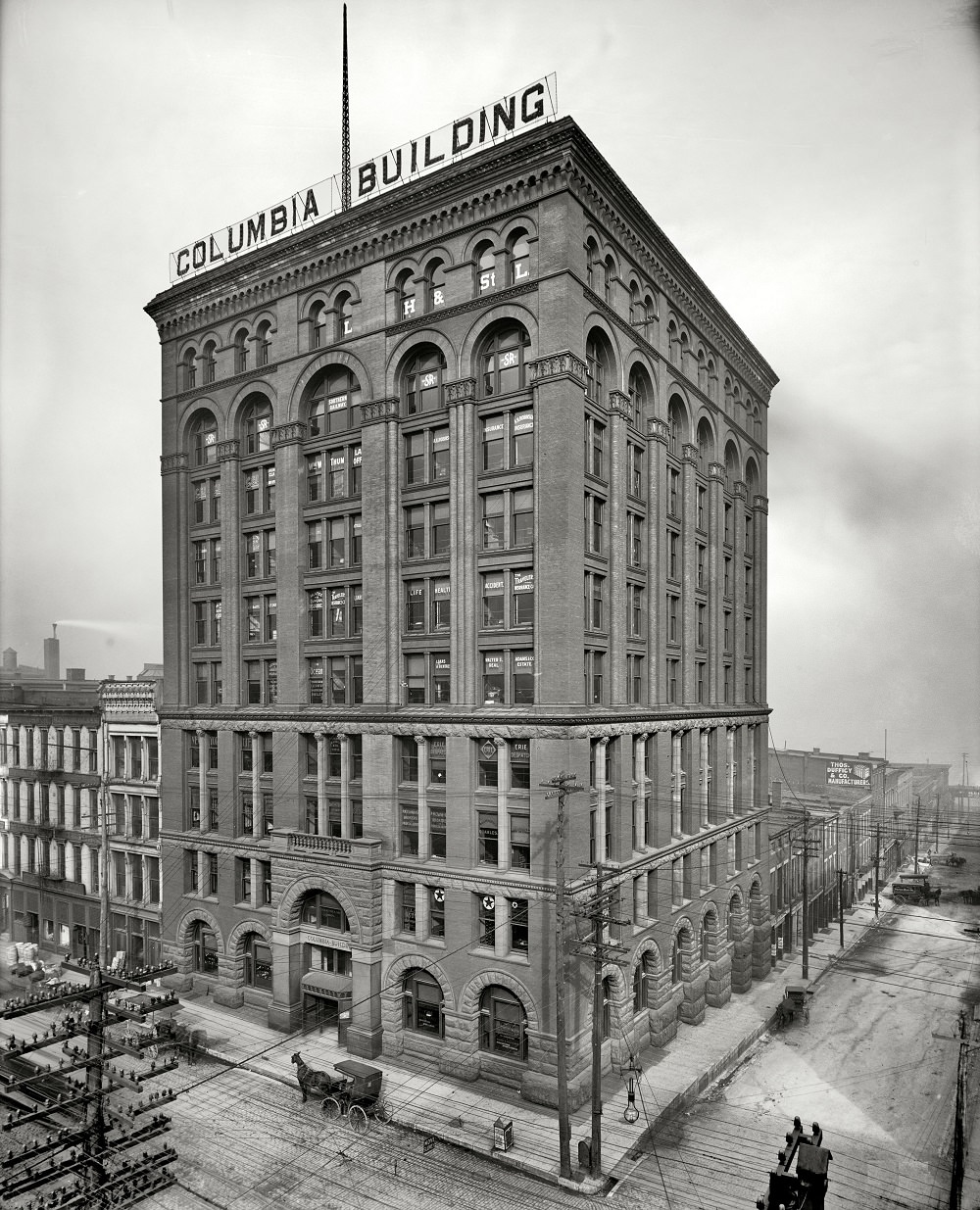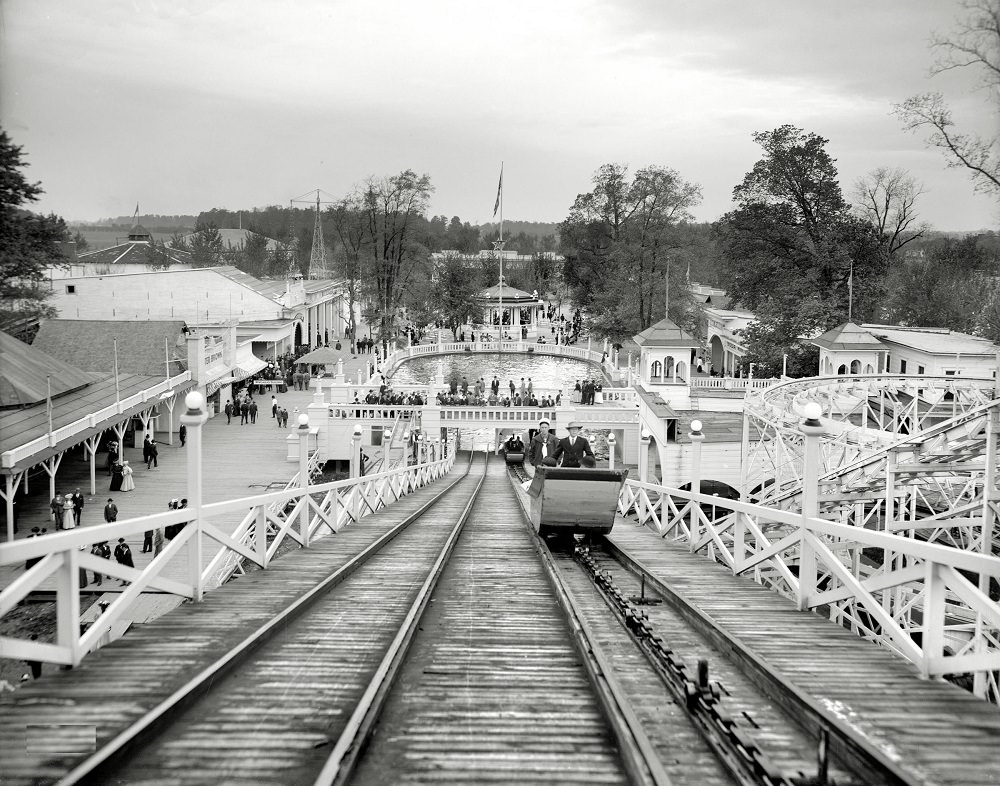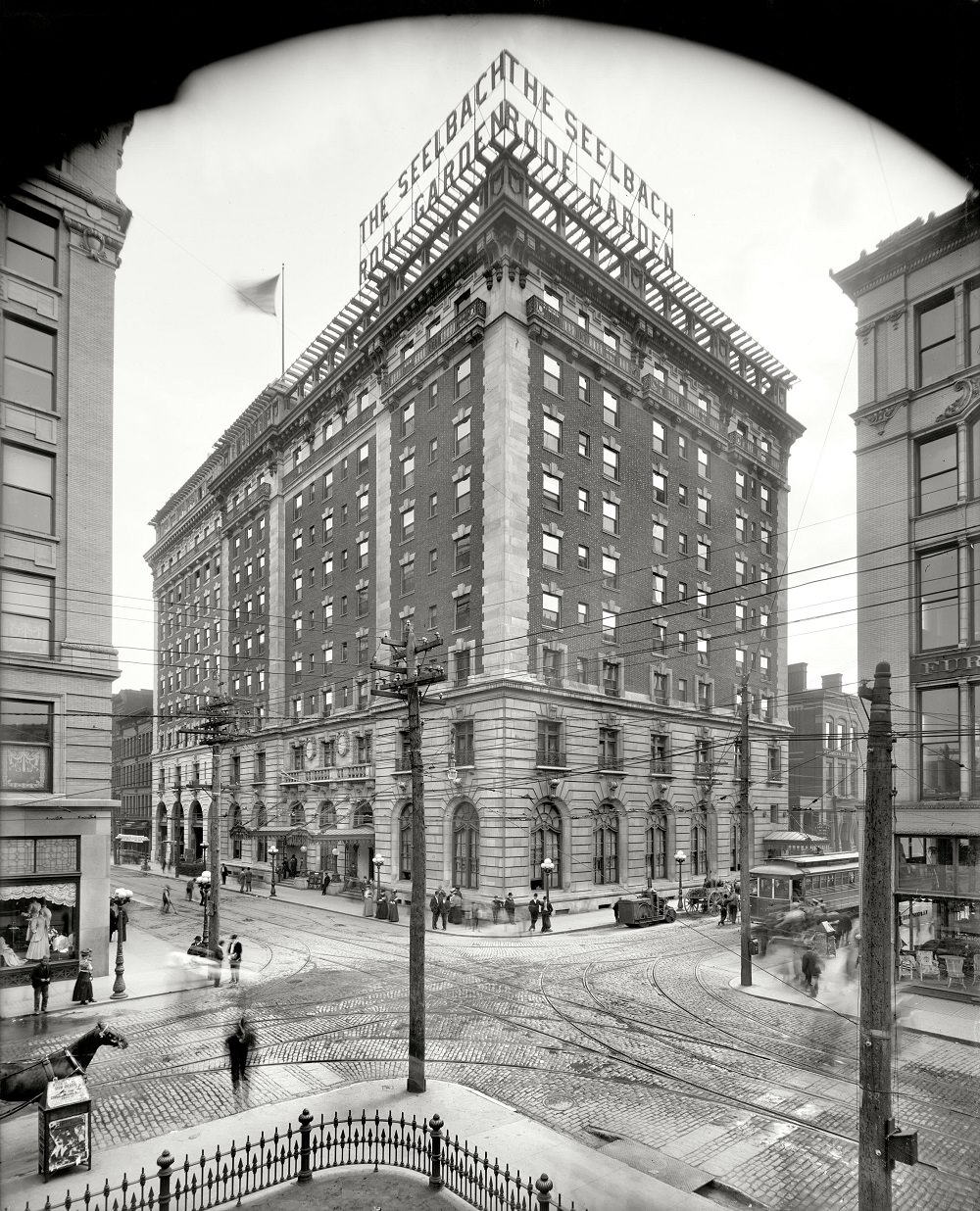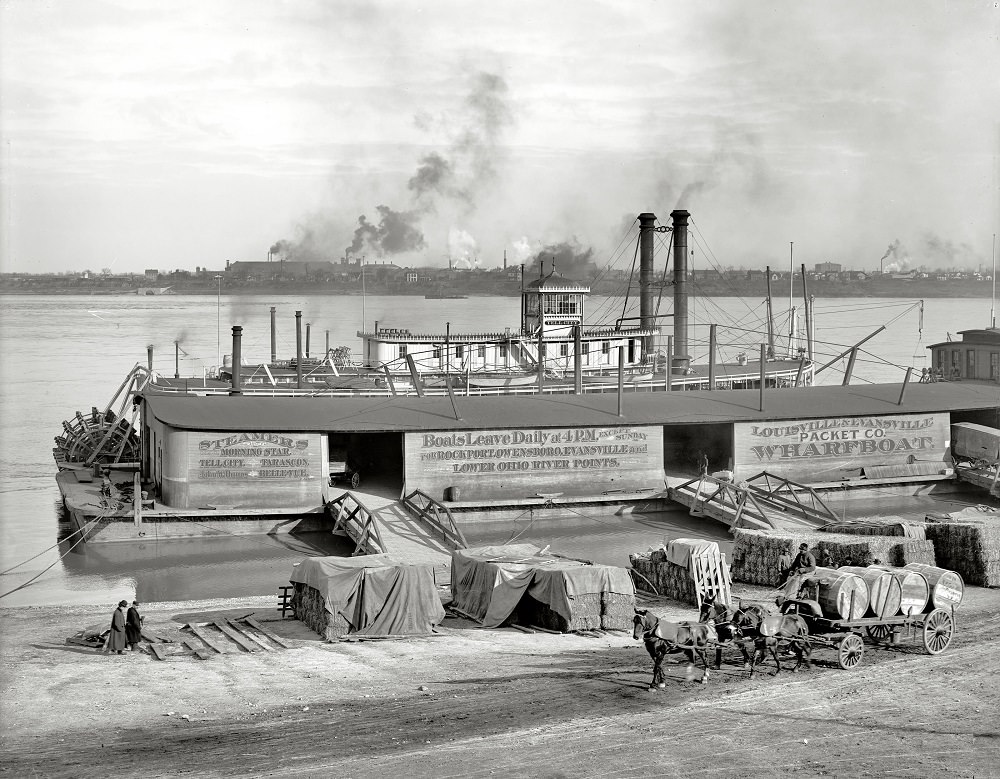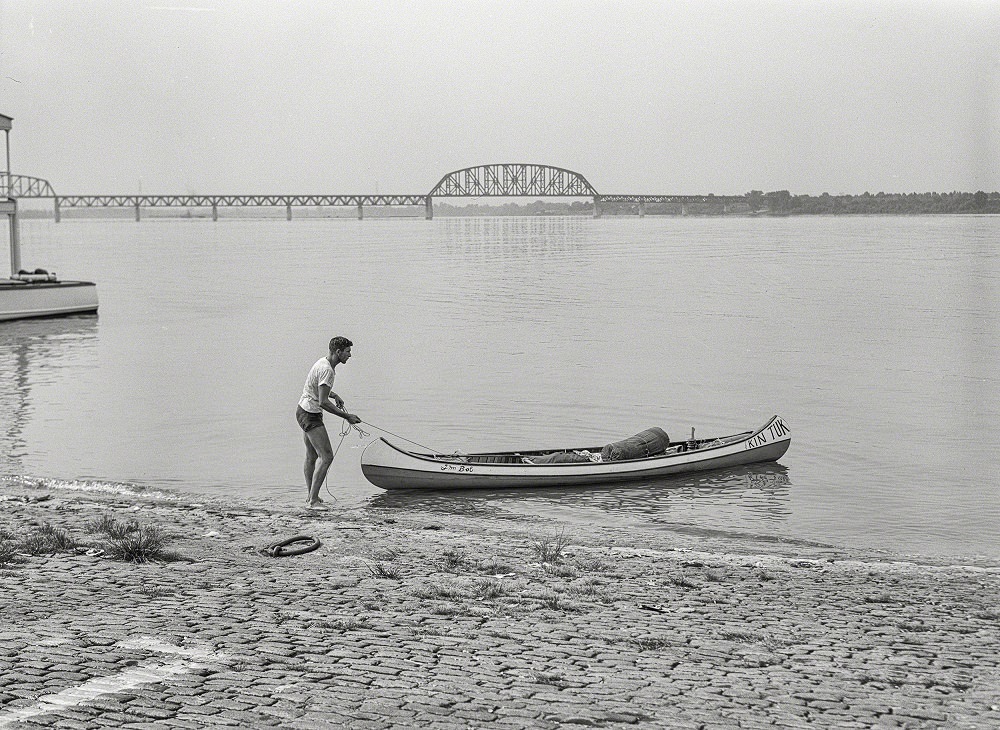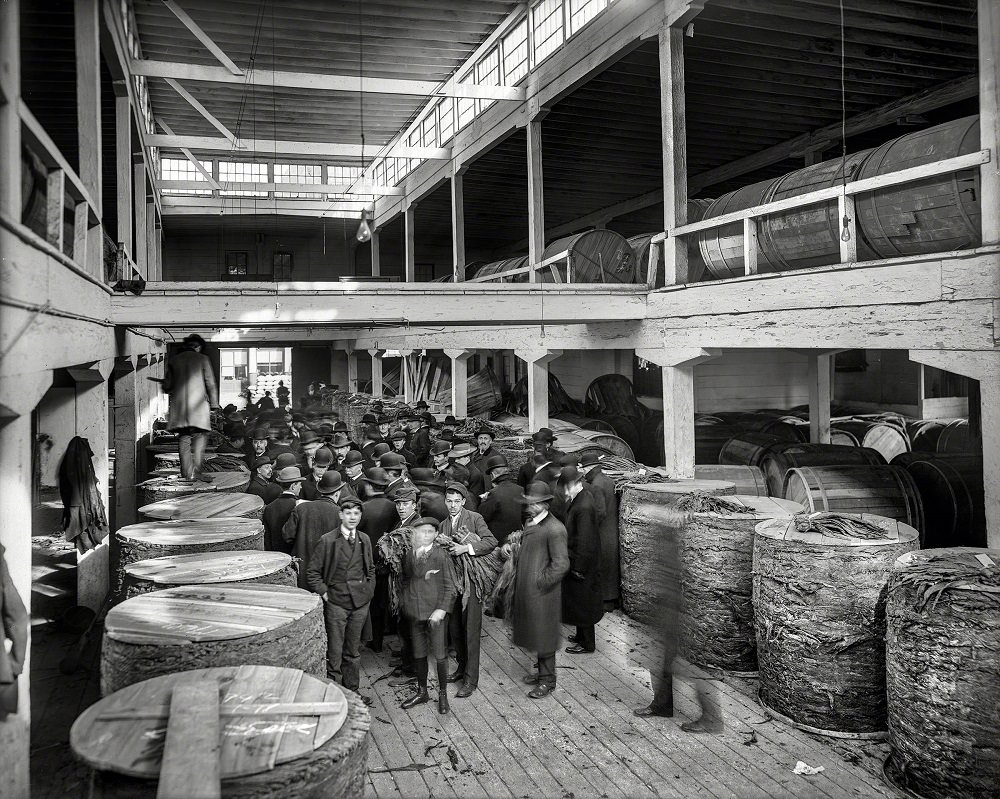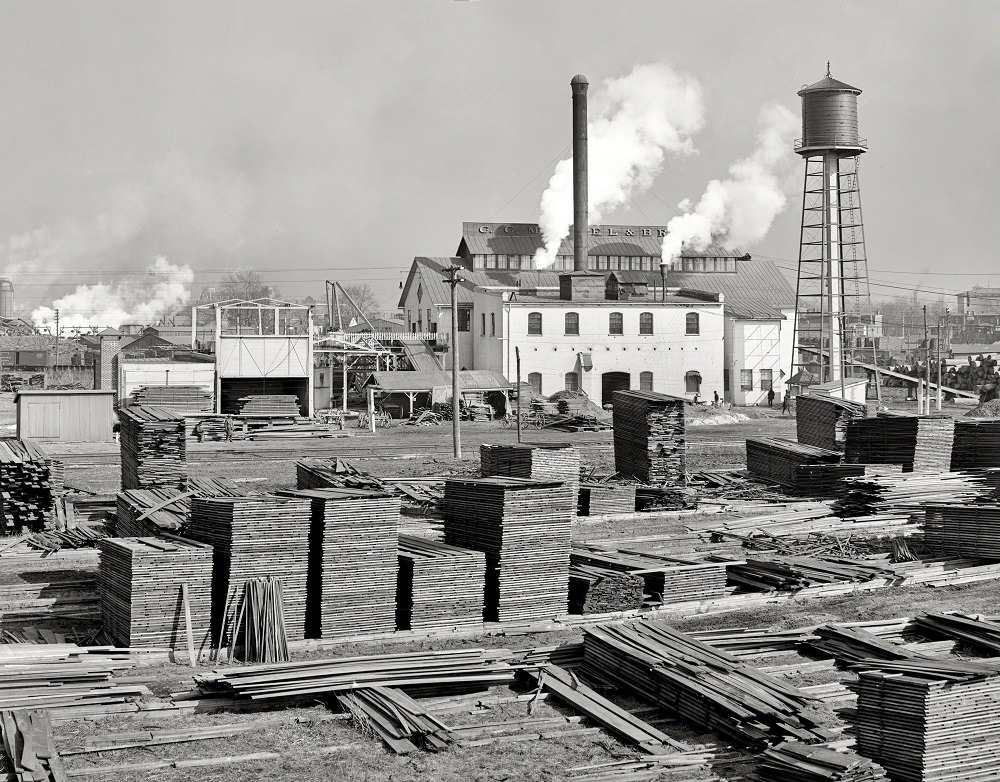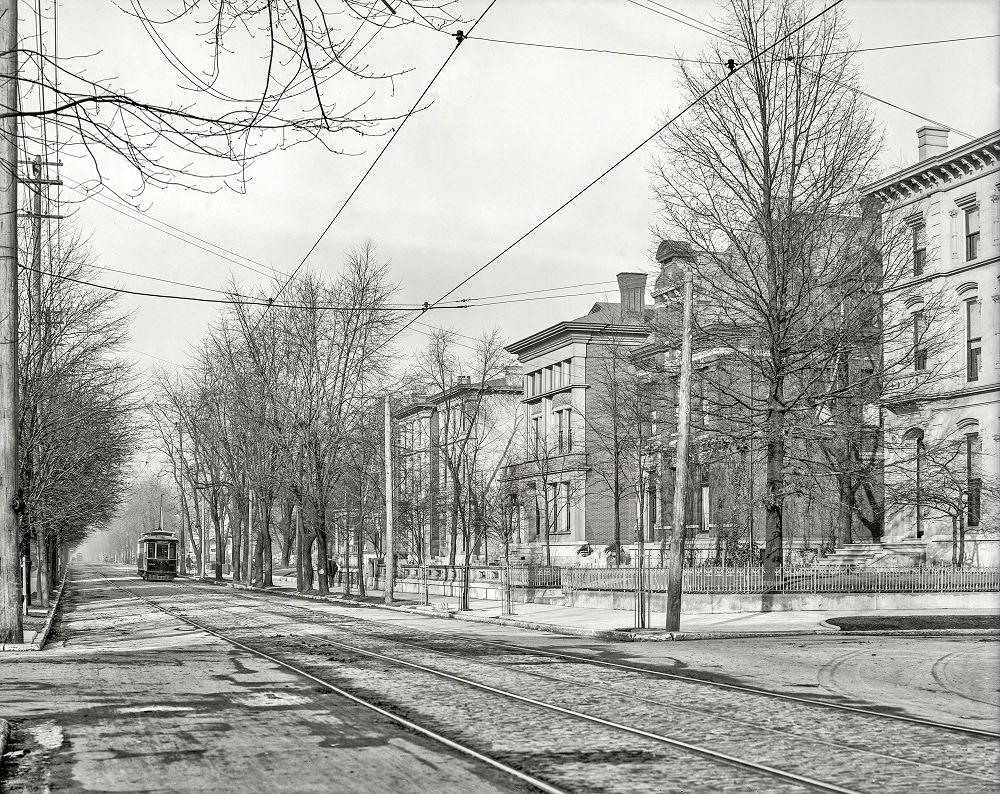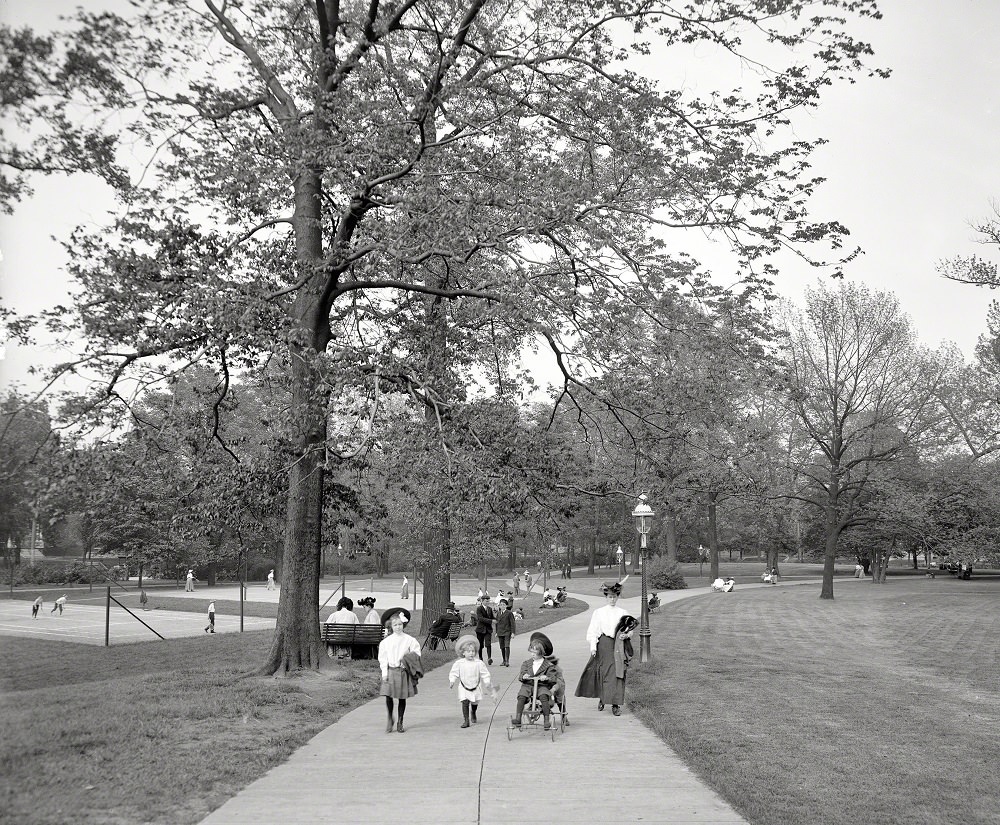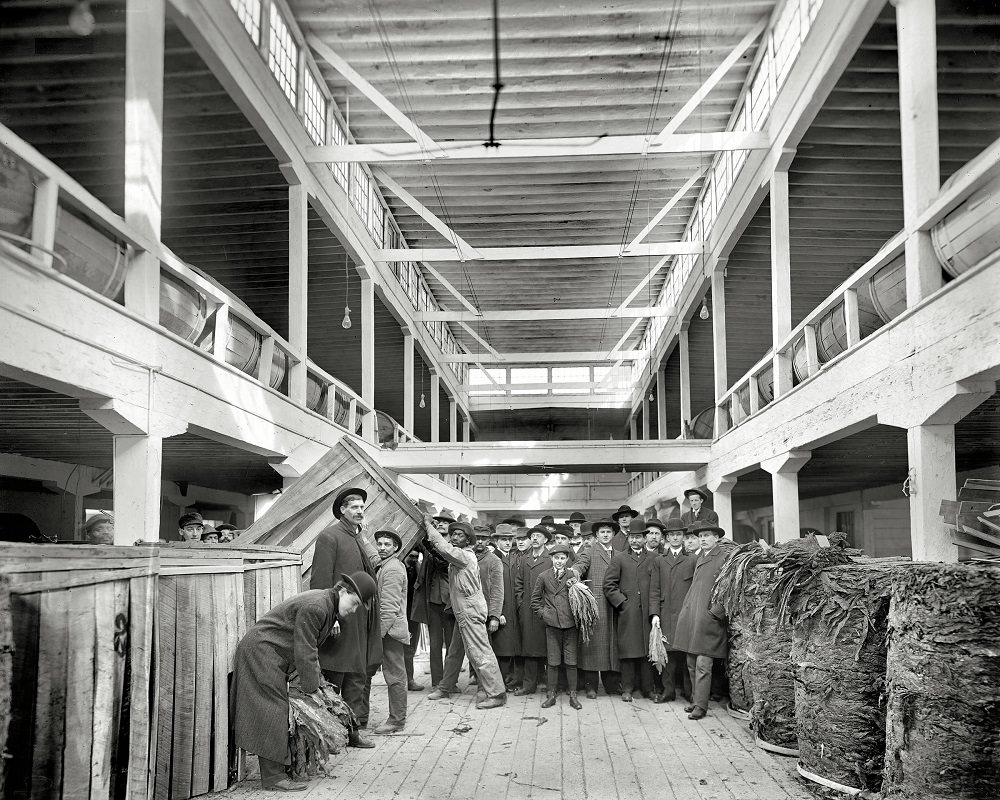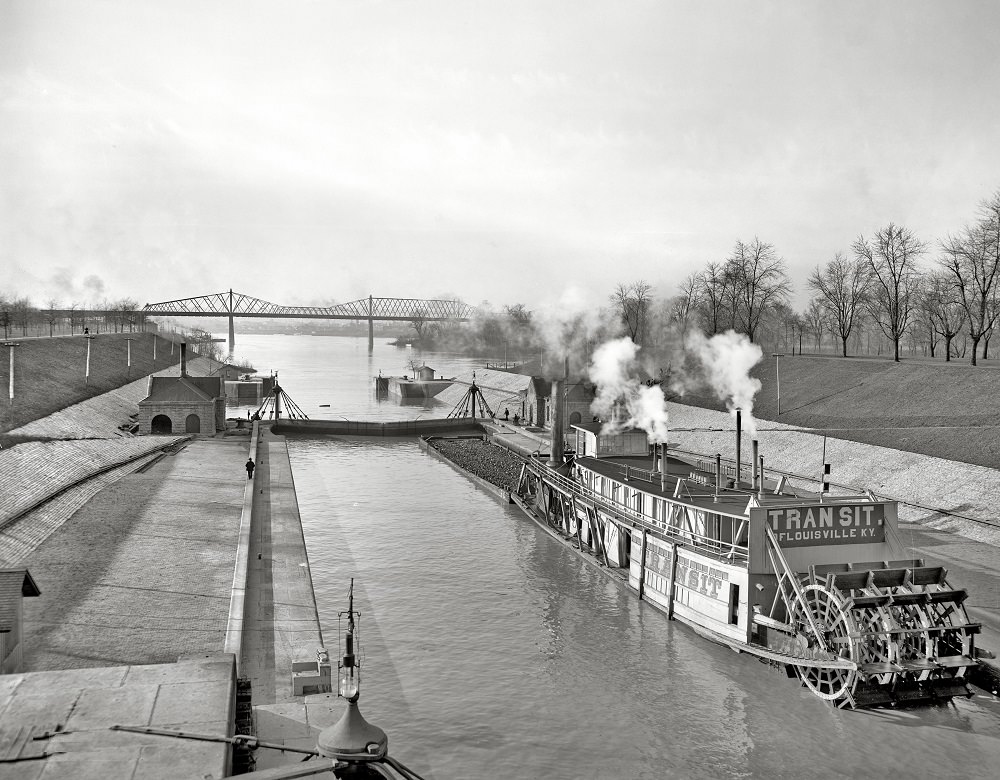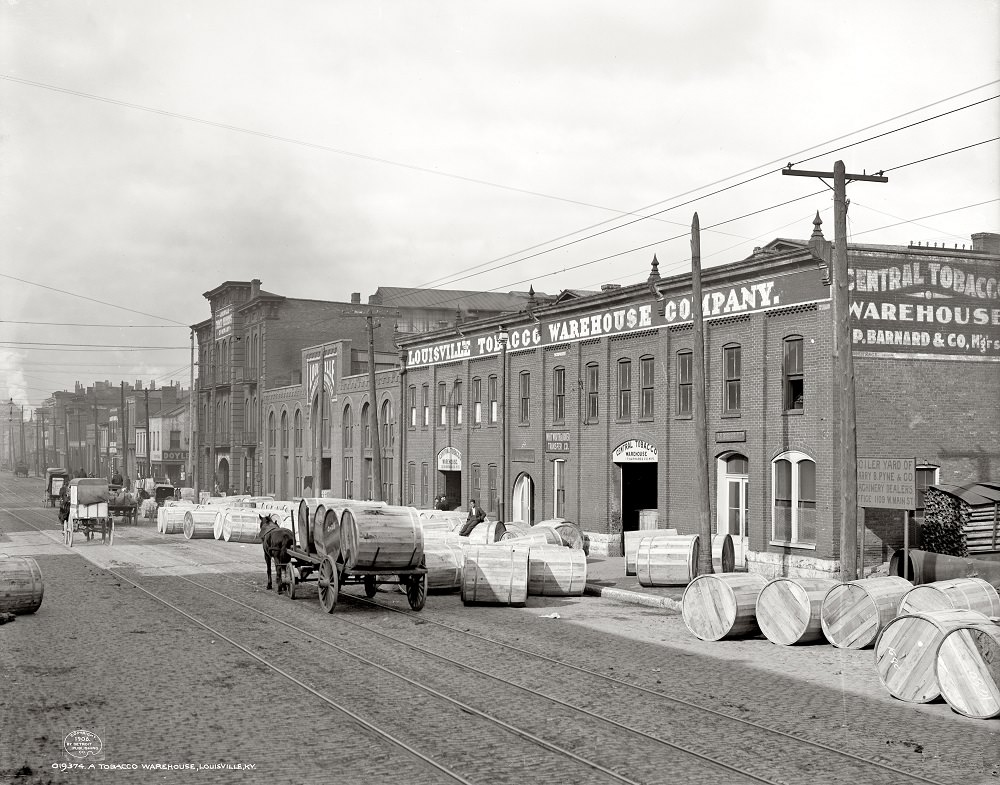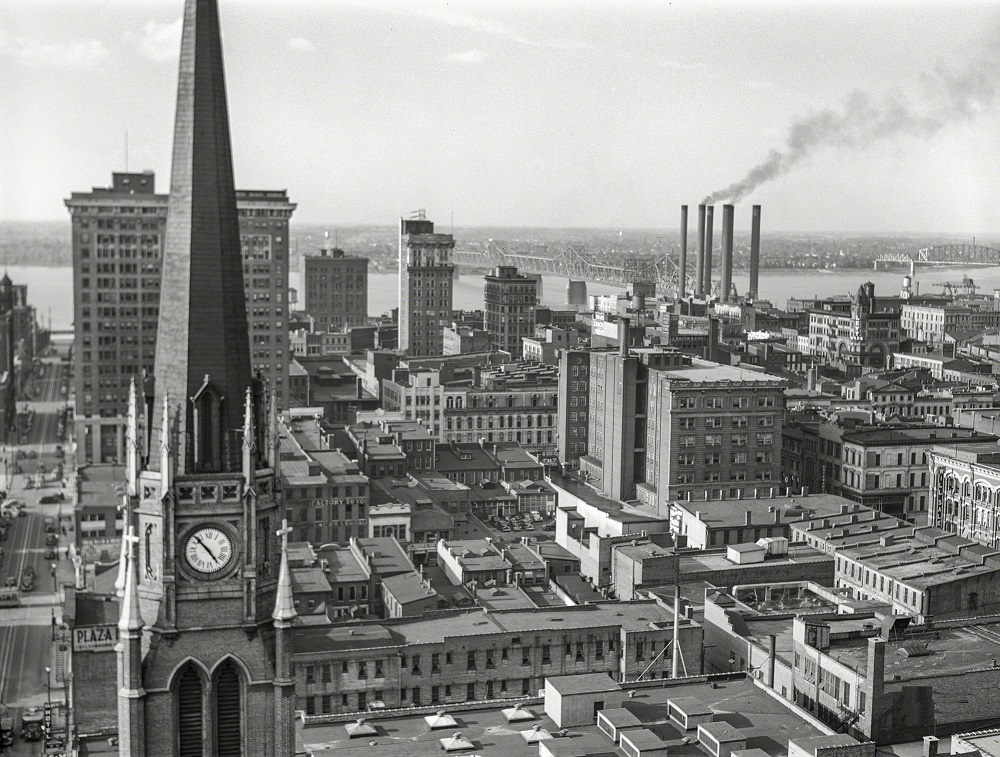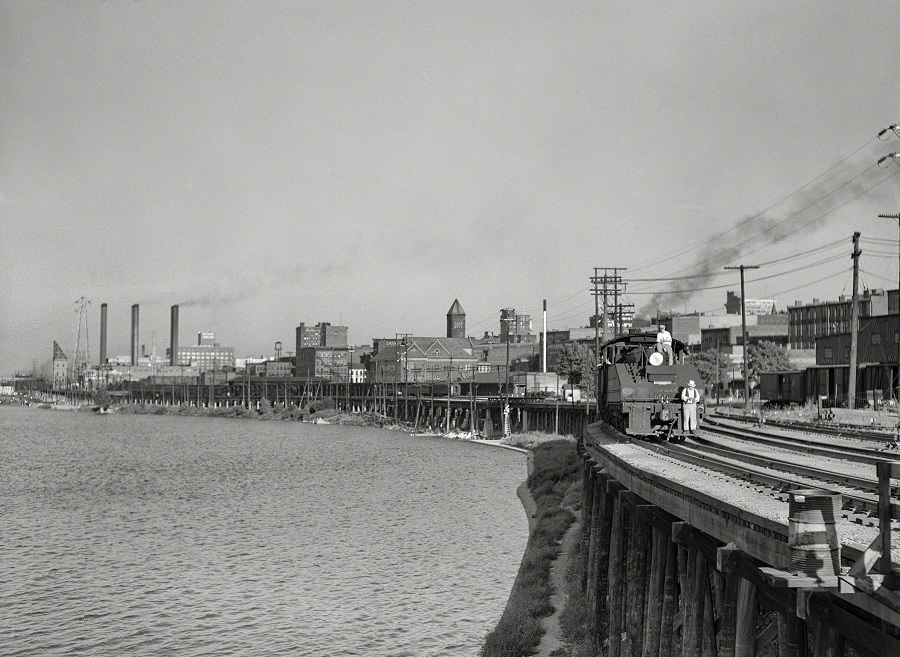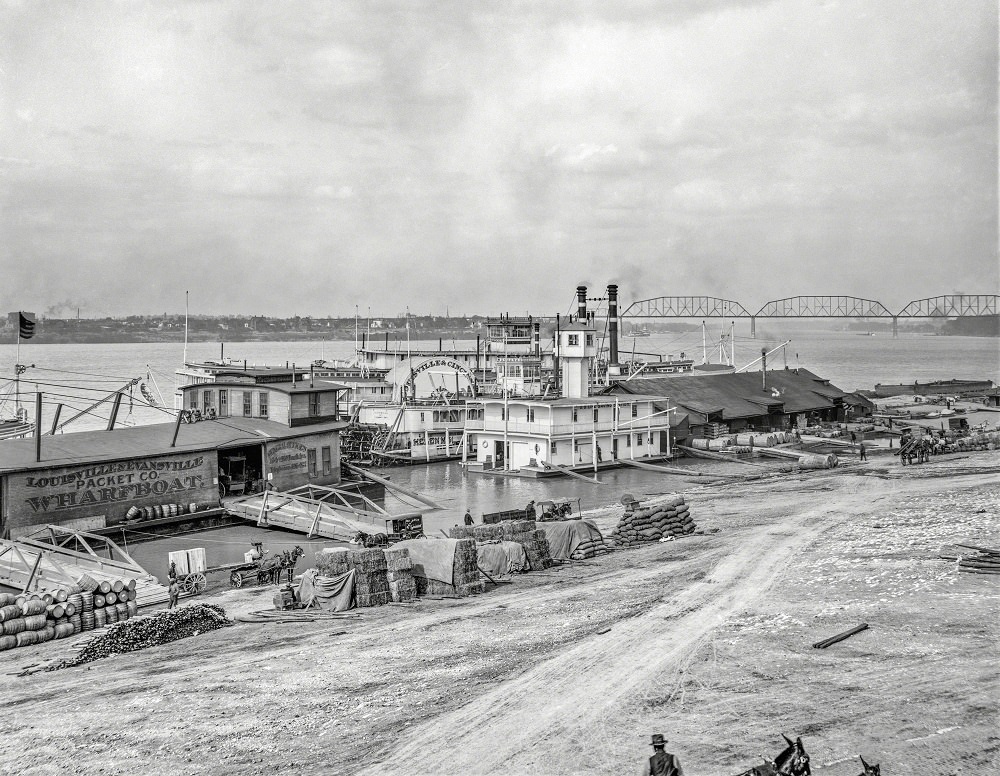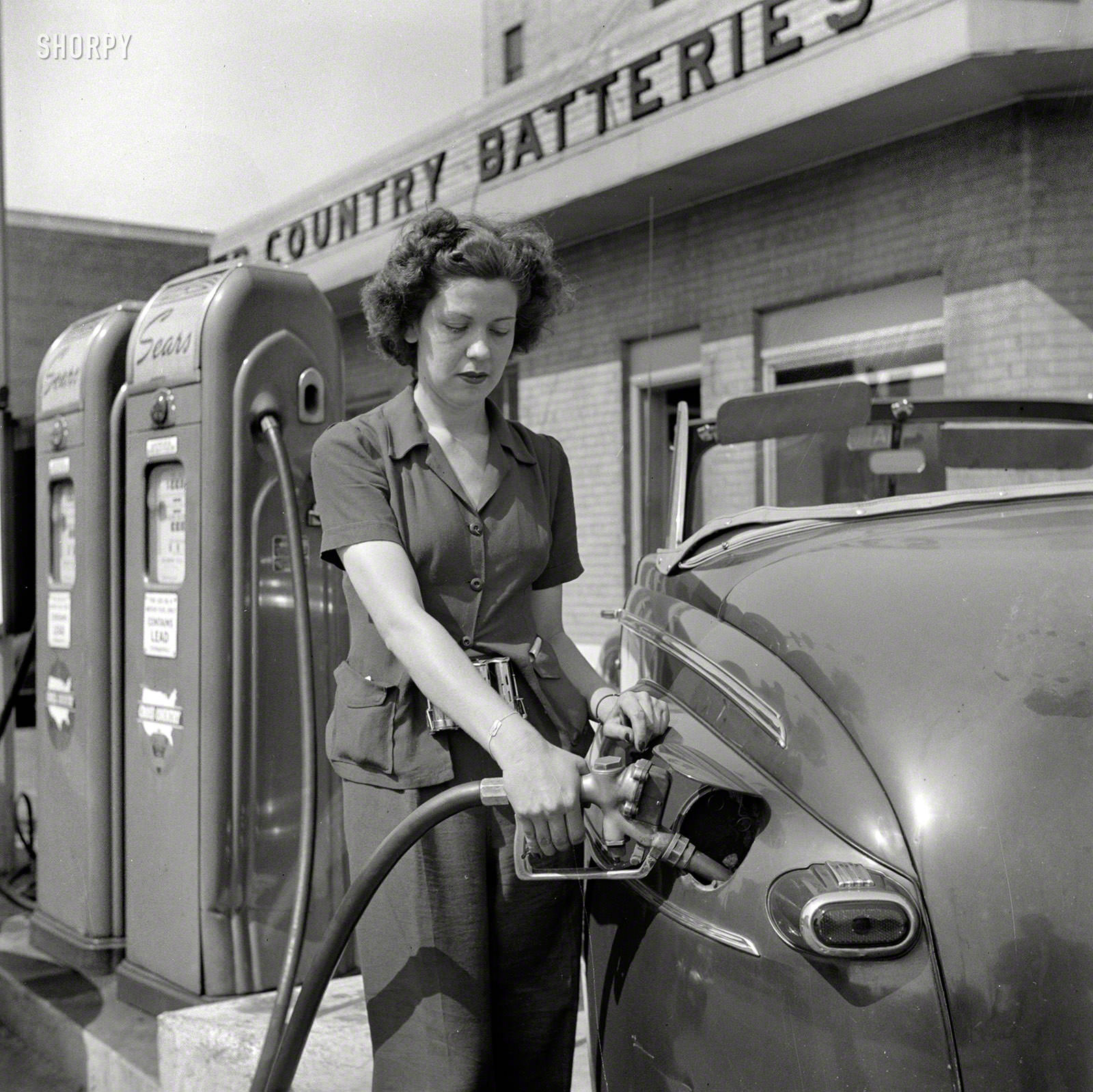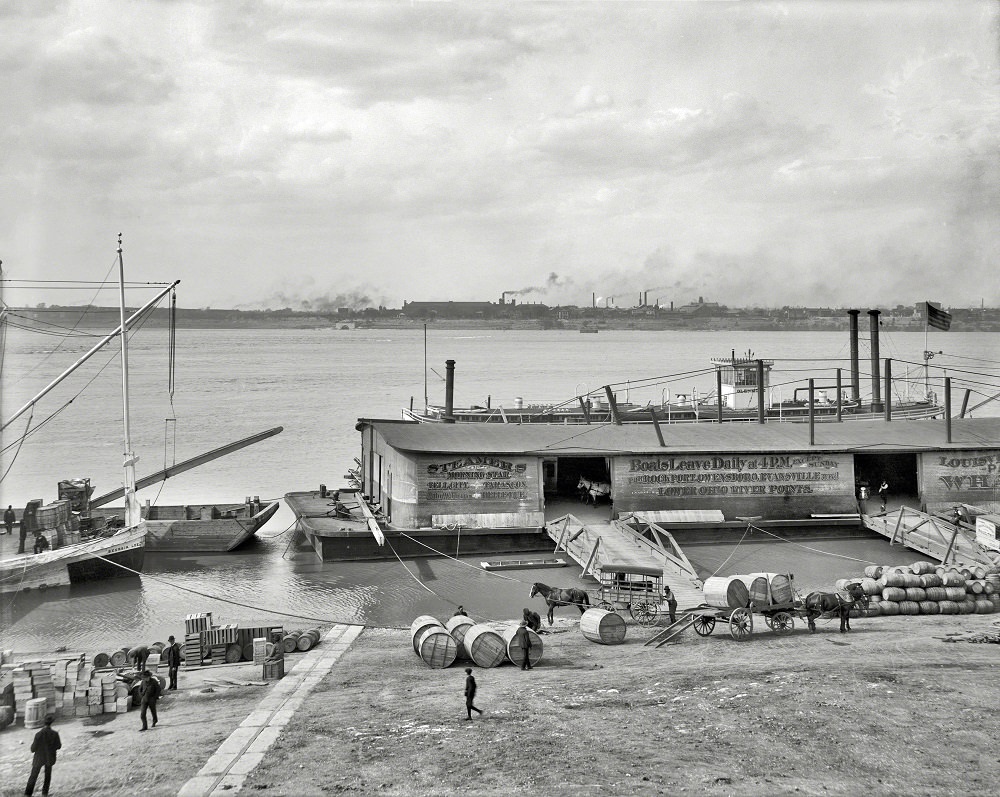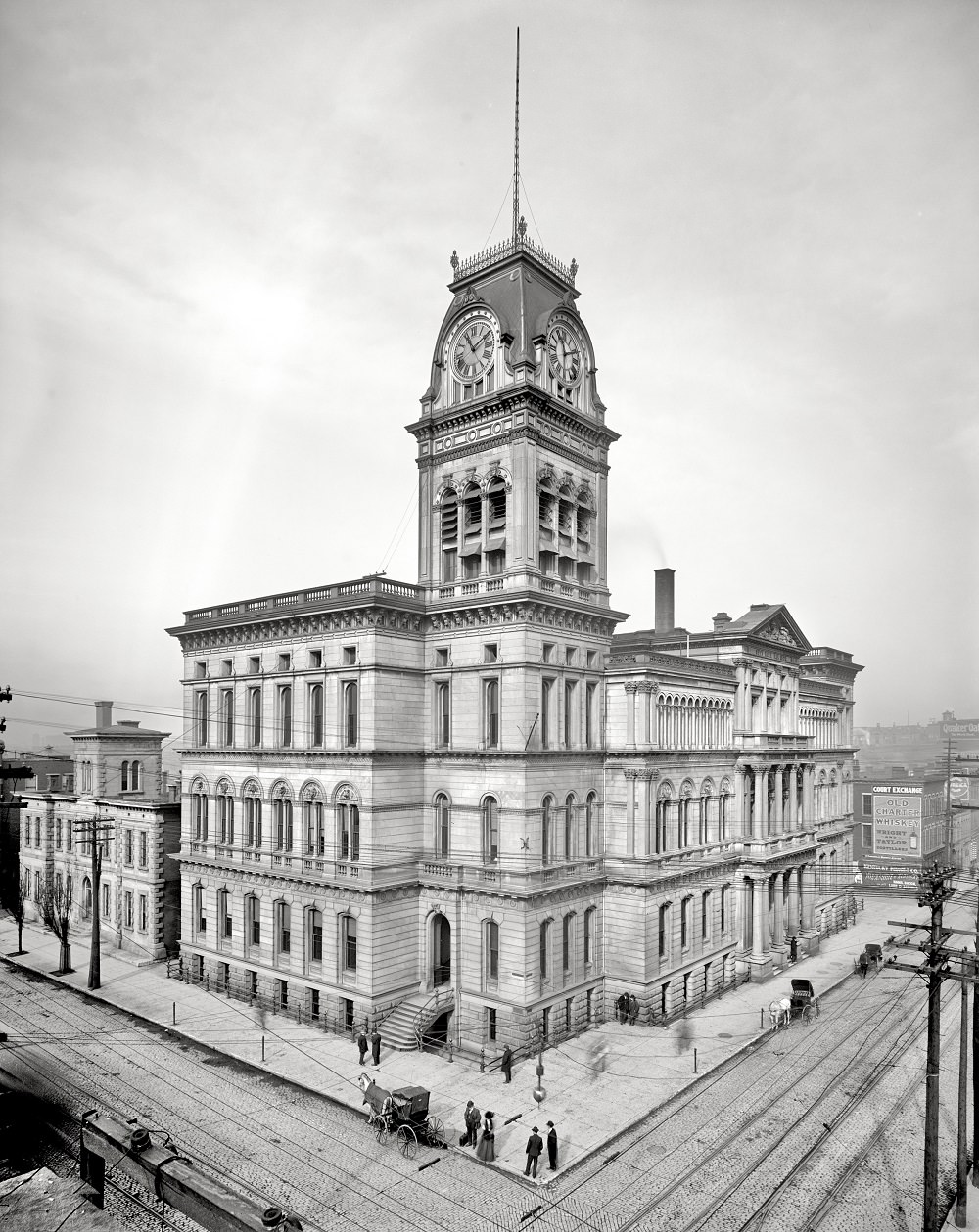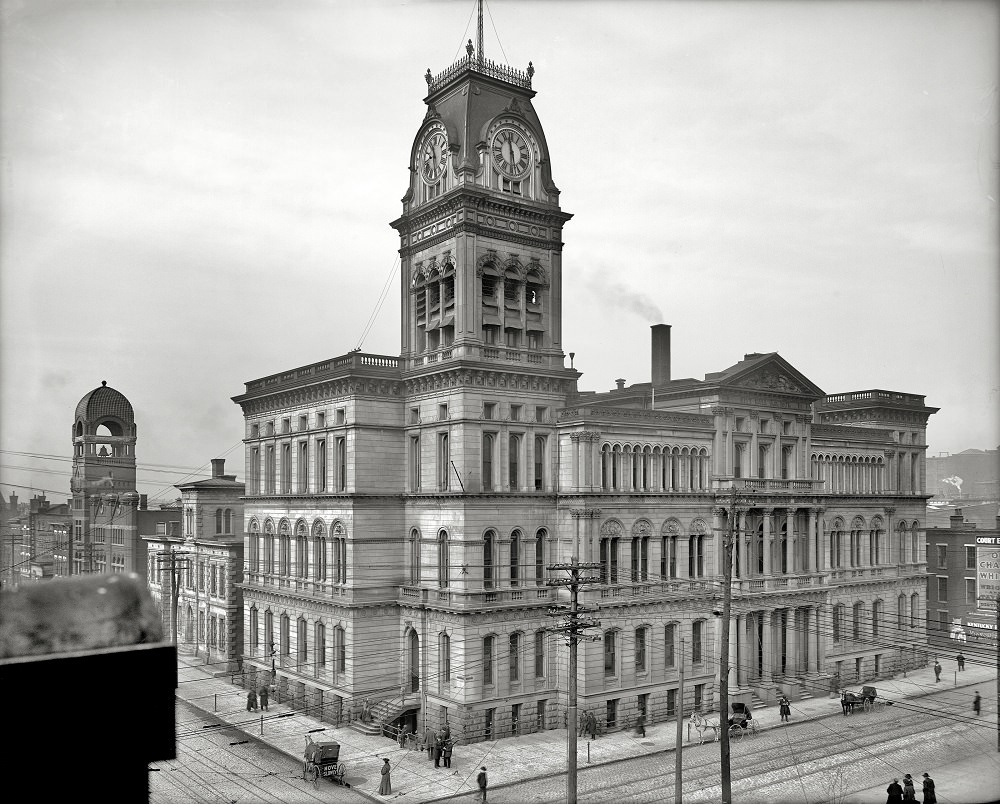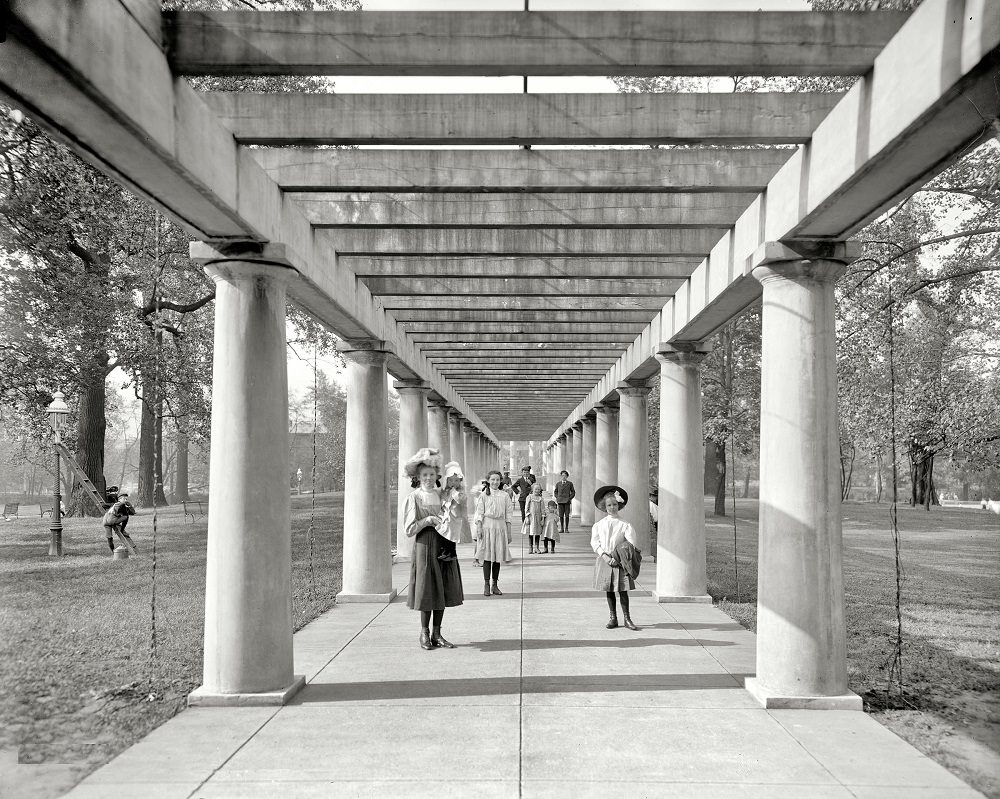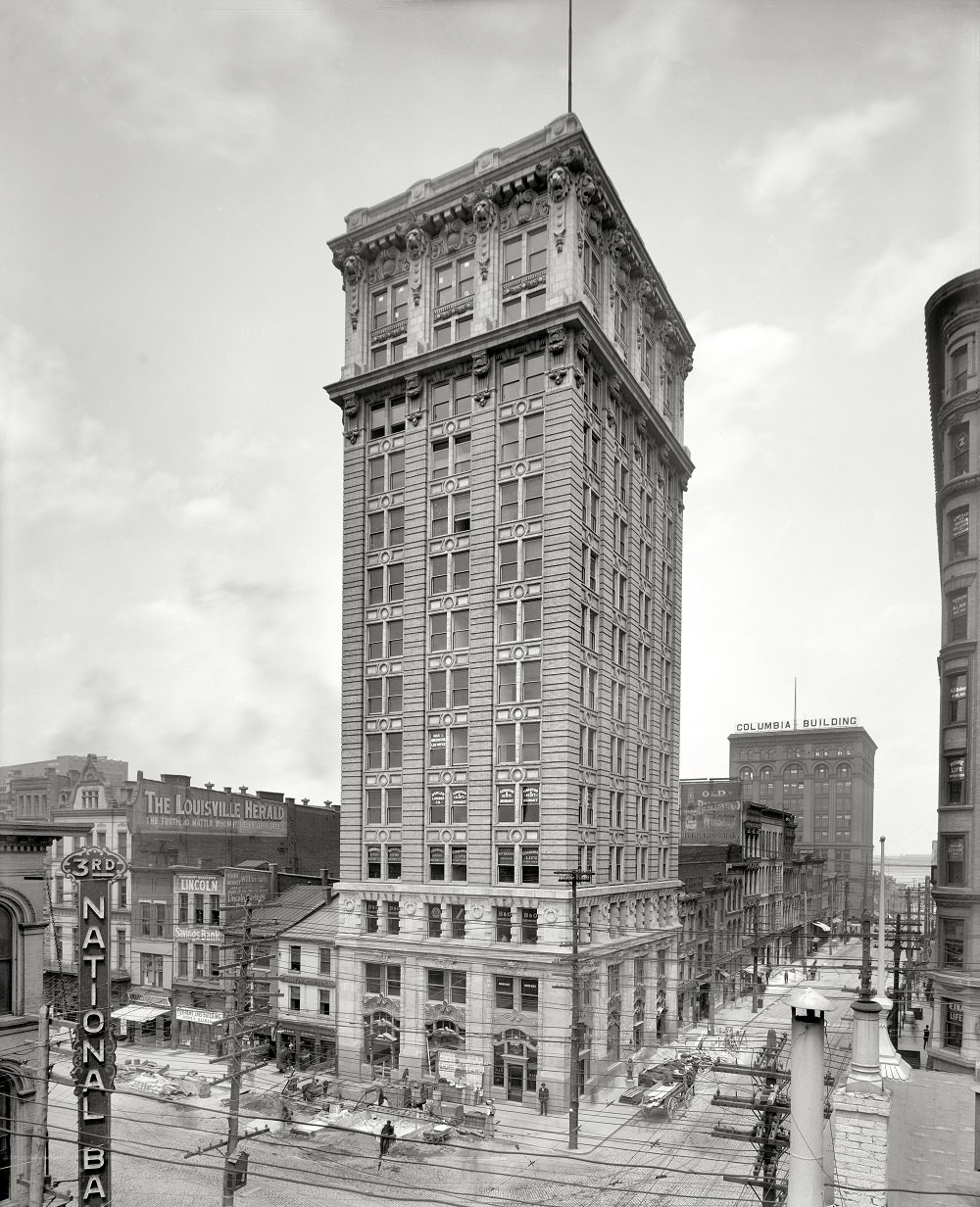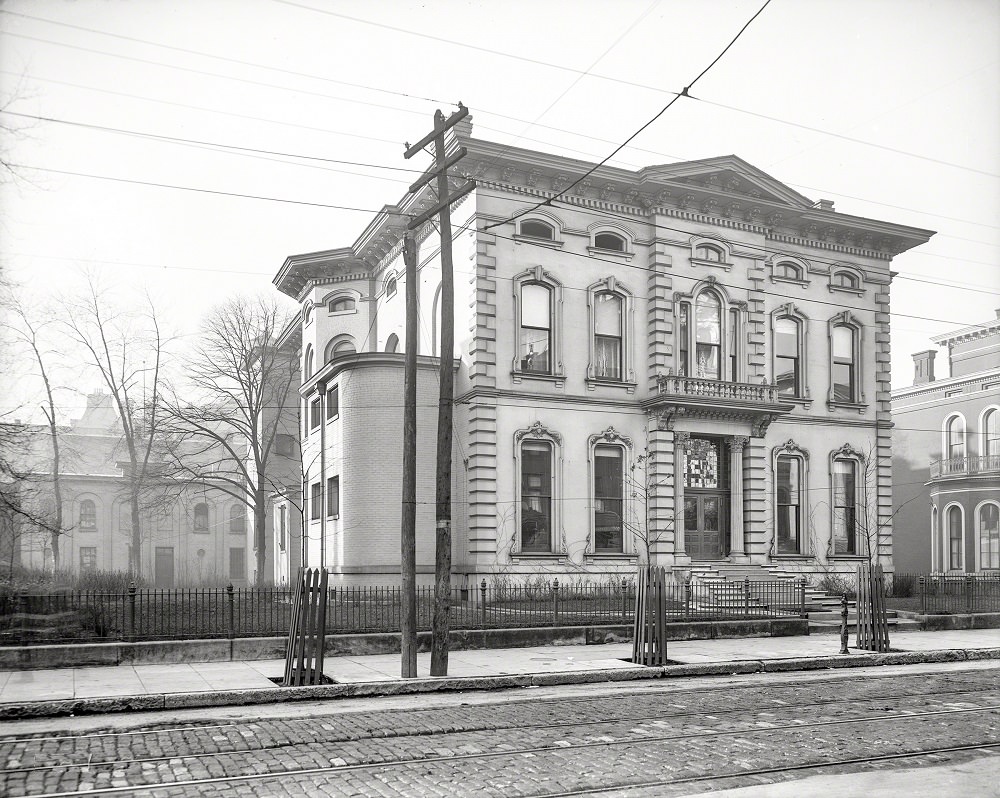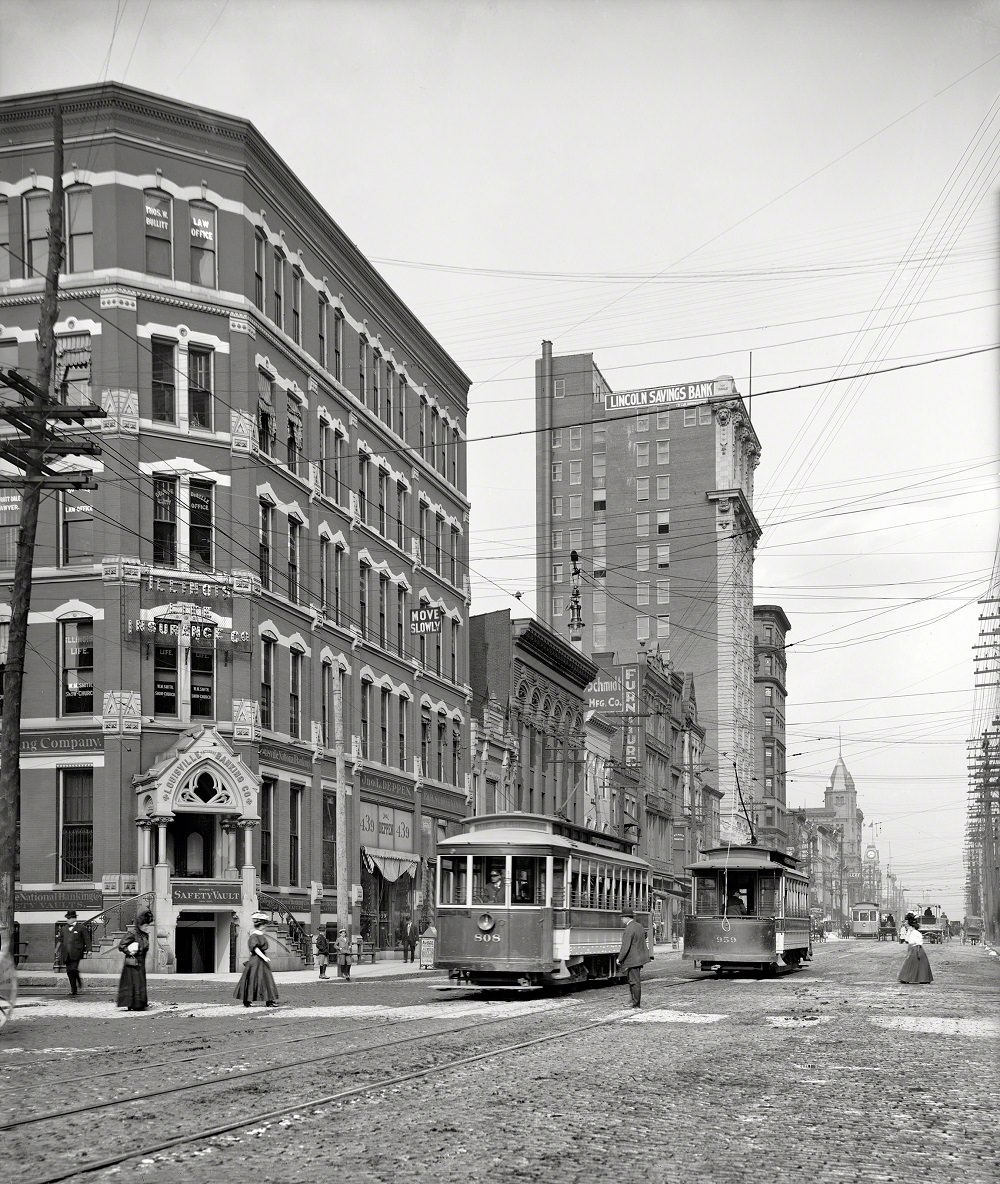Louisville is the largest city in Kentucky, founded in 1788 and named after King Louis XVI. In the 19th century, Louisville became a vital frontier and trading unit; the rapid industrial development helped the city to secure its position. During the American Civil War, the town served as a military headquarters and a Major Union supply depot, which kept Kentucky firmly in the Union. In the 1880s, the Louisville and Nashville Railroad was extended to Jacksonville, Florida.
The 20th century marked another face for the growth of Louisville. Throughout the 20th century, the art culture flourished in Louisville. The Speed Art Museum and Louisville Orchestra were founded. Several new industries were built during World War II, including synthetic rubber, paint aluminum item, appliances, and printed matter. However, the war affected the economy and development of the city since it became the war production center that led to massive losses of property and life. However, the city recovered its prosperity and development in the late 20th century.
Here below are some fascinating historical photos of Old Louisville from the 20th century that show street scenes, roads, landmarks, cityscapes, and everyday life.


